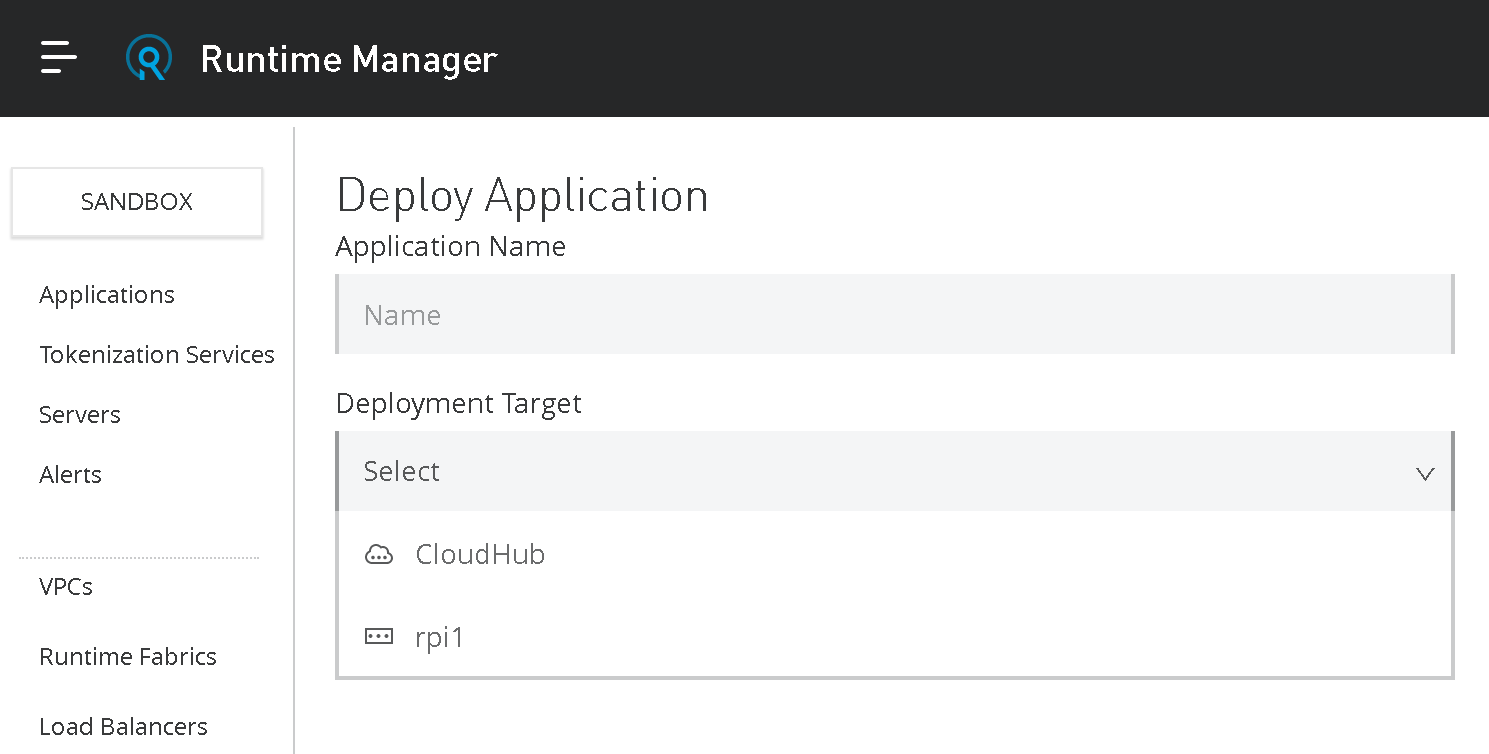There’s a revolution underway in enterprises, as businesses look to digitally transform to enhance the customer experience. From seamless omni-channel shopping to voice activated connected devices, customers expect businesses to evolve rapidly and deliver experiences they value. We are in the middle of one of the most important economic movements in a generation, often referred to as “uberization.” This is shifting businesses away from traditional models and towards an “everything-as-a-service (XaaS)” model that combines: instant gratification, realtime data, minimal human interaction, and a global experience.
In light of this transformation, businesses must adapt quickly to survive. Competing against disruptive newcomers presents a real challenge for traditional businesses. Seventy-three percent of IT leaders predict their company’s revenue will be negatively impacted if they fail to complete digital transformation initiatives in the next year. Incumbent IT systems naturally don’t lend themselves to rapid change and recomposition. Today, the average organization has 900 applications and only 28% are currently integrated.
So how can businesses respond to customers that are no longer satisfied by the services these business models deliver? How do they evolve? And perhaps more importantly, how do they continue to evolve? A single change is not enough. And the pressure is now on, with more organizations facing threats to their revenue streams.. The need to continuously evolve must inform the strategic initiatives of companies that recognize the need for targeted outcomes.
Liberating core assets for digital transformation
A majority of organizations increasingly struggle with data silos. Nearly 90% of IT leaders report that these silos have created business challenges for their organizations’ digital transformation initiatives, up 83% from last year. Businesses need a way to revitalize legacy core assets by liberating data from slow-to-change backend systems and make this data reusable by lines-of-business teams, enabling innovation. A solution that flexes to facilitate the recomposition of its constituent parts ensuring that customers continue to be satisfied when their requirements change again, is essential.
API-driven transformative shift
APIs drive the transformational shift that enables businesses to respond to customer demands. They free digital assets and provide reusability that is essential to evolving quickly based on customer demands. Each API has specific and clearly defined responsibilities, and when designed in accordance with the API-led connectivity approach, an application network is created.
Introducing an application network
An application network espouses the capabilities of governance, discoverability, consume-ability, and reuse by allowing businesses to compose solutions with ease by re-orchestrating API interactions, designing new APIs, and recomposing existing solutions. This is achieved with minimal disruption and most desirable of all, quickly and securely.
However, it’s not just any API that can combine to form an application network, its APIs built using Mule and the unique capabilities of the Anypoint Platform infrastructure that delivers a unified platform experience. This solution enables businesses with new capabilities with a network of APIs.
Anypoint Platform and digital transformation
The Mule runtime is lightweight and portable, it’s so lightweight you can install it and run APIs on a Raspberry Pi. It can be deployed into any environment — CloudHub, on-premise, or customer cloud (AWS or Azure). APIs can be moved from one environment to another almost instantly and with no need for recompilation. It can also migrate APIs from AWS to on-premises then to CloudHub, within minutes and with minimal downtime. Solutions can be reimagined and recomposed easily to meet the strategic needs of the business. This is enabled because Anypoint Platform supports the entire API lifecycle from creation to deprecation through a single unified platform.
Write once, deploy anywhere
Anypoint Platform provides the capabilities that enable this flexibility. Most noteworthy is the Runtime Manager — a web application that provides centralised management of deployments located in CloudHub, on local servers, clusters of servers, and the customer’s own cloud. APIs can be transferred from one deployment environment to another with just a few clicks. No need for redevelopment, regression testing, or recompilation.


Automation with Anypoint Platform
Automation is achieved with the Anypoint CLI (or the Anypoint Platform API) — a command line scripting tool — where commands interact with Anypoint Platform’s own REST APIs and perform the same functions that would be performed manually. Its main use is for automating Anypoint Platform tasks in a CI/CD pipeline, by system administrators and orchestration tools.
Further automation is achieved with MuleSoft’s Maven plugins. It defines deployment profiles for different environments that allow for the dynamic selection of the target environment.
Orchestration of service invocations can be managed through global configuration files and centrally managed property servers, each deployment has knowledge of the environment in which it is deployed and can select the appropriate configuration required for that environment.
Conclusion
While almost every organization (98%) is undertaking digital transformation and integration is a key aspect of this transformation, only 28% of systems are integrated. With IT teams spending the majority of their time keeping the lights on, it’s no wonder innovation remains low.
Anypoint Platform provides the flexibility to deploy to any cloud while automating deployments and supporting orchestration. This empowers a business to meet head-on the evolving demands of the digital revolution in a way that aligns with business outcomes.
To upskill on Anypoint Platform Architecture, take one of our Architecture level classes.









